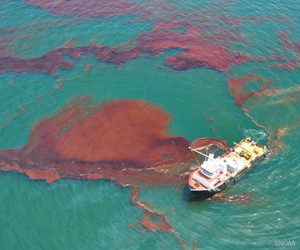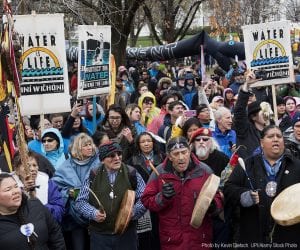Over the course of U.S. history, environmental disasters have shaped American landscapes and policies. In this blog, we look back at five of the significant eco-catastrophes that sparked national and global awareness on a wide range of environmental issues. While this blog mostly focuses on ecological catastrophes that are man-made, it is important to note that anthropogenic climate change is exacerbating natural eco-disasters in all parts of the world.
The Cause and Effect of 5 U.S. Disasters
1. 1930s: The Dust Bowl
One of the most infamous eco-disasters in the U.S. was the Dust Bowl, a series of prolonged droughts paired with improper soil management which took place from 1930 to 1936. The Dust Bowl killed more than 7,000 people who inhaled large amounts of particulate matter. Social and economic consequences were felt deeply as yields from crops such as wheat declined by 32 percent in just a few years.
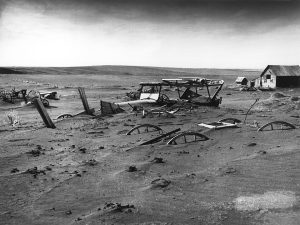
What Caused the Dust Bowl? An influx of farmers into the Western Great Plains saw the population rise from 800,000 in 1880 to 5.6 million in 1930. Many of these were new and inexperienced farmers who were incentivized to expand farmland with the Homestead Act of 1862, which provided settlers with 160 acres of public land. These farmers removed native grasses to plant wheat and corn, and make space for livestock grazing. With the onset of drought and no deep-rooted native plants to cover soil, erosion began to cause massive dust storms that traveled thousands of miles across the country, even reaching New York City.
Effects of the Dust Bowl: By 1940, more than 2.5 million people had migrated out of the dust bowl areas, making it one of the largest migrations in U.S. history. Changes afterwards included the Farm Bill, drought research with Department of Agriculture, and better land management practices such as windbreaker trees, terrace hillsides, and native grass cover.
2. 1973: Michigan PBB Contamination
Polybrominated biphenyls (PBBs) are a group of man-made chemicals used as a fire retardant in plastics. One of the earliest notable examples of industrial negligence leading to widespread environmental and health issues was the Michigan PBB contamination crisis. This incident resulted in the contamination of the state’s livestock and food supply, impacting both human health and the environment.
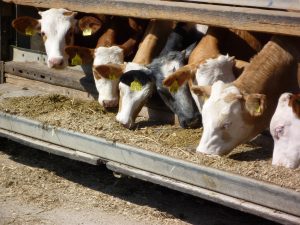
Why the PBB Contamination Happened: The crisis began when a chemical plant accidentally mixed PBB with a nutrient supplement meant for livestock feed. This resulted in the widespread distribution of contaminated feed to farms. Farmers were unaware of the contamination, and the toxic chemical entered the food chain, leading to health problems in both animals and humans.
Effects of the PBB Contamination: The immediate effects of Michigan’s PBB catastrophe included the culling of thousands of contaminated cattle, leading to significant economic loss for farmers. At least 8 million people were exposed to PBB after consuming animal products. Public health repercussions were profound, with individuals reporting skin disorders, respiratory issues, and other health complications. The crisis sparked public outcry, leading to increased awareness about chemical safety and the eventual establishment of stricter regulations regarding the use of hazardous materials in food production.
3. 1978: Love Canal
The Love Canal incident in Niagara Falls, New York, illustrates the catastrophic effects of environmental neglect and corporate irresponsibility. This disaster was not only a public health crisis but also a pivotal moment in the American environmental movement.
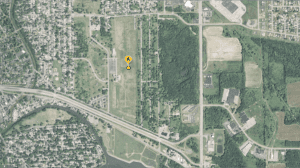
How Did Love Canal Become Contaminated? In the 1940s and 1950s, the Hooker Chemical Company disposed of toxic waste in an abandoned canal, which was later sold to the Niagara Falls School Board. Despite the presence of harmful chemicals, homes and a school were built on the site. By the late 1970s, residents began experiencing alarming health issues, including birth defects and cancers, which were directly linked to the hazardous waste buried beneath their community.
Effects of the Love Canal Disaster: The outcry from residents led to widespread media coverage and ultimately the evacuation of over 200 families. This prompted the federal government to declare a state of emergency and established the Superfund program to clean up contaminated sites across the United States. It is estimated that Love Canal residents have a 1 in 10 chance of developing cancer. This indecent became a symbol of the need for stricter environmental regulations and greater corporate accountability.
4. 1979: Three Mile Island Nuclear Accident
The nuclear power industry in the U.S. grew considerably in the 1960s, as the potential to produce carbon-free energy was promising. The Three Mile Island nuclear power plant was located on the Susquehanna River and consisted of two reactors capable of producing upwards of 800MWe. It was the site of what is considered to be the most serious nuclear accident in U.S. history, which led to widespread fears about the safety of nuclear energy.
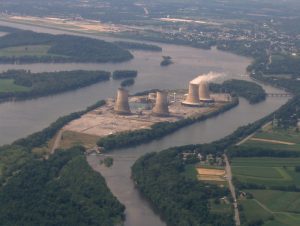
Three Mile Island Nuclear Accident Cause: On March 28, 1979, a combination of mechanical failures, design-related problems, and operator errors led to a partial meltdown of one of the reactors at the Three Mile Island plant. A cooling system malfunction resulted in the release of radioactive gases into the environment, though the levels were below harmful limits.
Effects of Nuclear Accident at Three Mile Island: The incident sparked intense public fear and skepticism regarding nuclear power. Thousands of residents evacuated the surrounding area, and many experienced anxieties about potential long-term health effects. Despite these fears, an official release states that “in spite of serious damage to the reactor, the actual release had negligible effects on the physical health of individuals or the environment.” The accident led to changes in nuclear regulatory policies, with increased safety standards and oversight by the Nuclear Regulatory Commission. Public opposition to nuclear energy grew, impacting energy policy for decades. Today, nuclear energy accounts for around one-fifth of the country’s energy supply, and 48 percent of clean energy produced. Microsoft has recently announced its plans to reopen the Three Mile Island plant and use the energy to power AI starting in 2028.
5. 2010: Deepwater Horizon Oil Spill
The Deepwater Horizon oil spill, which began on April 20, 2010, was one of the largest environmental disasters in U.S. history, resulting in catastrophic effects on marine and coastal ecosystems. The aftermath of the spill continues to be felt today, as recovery efforts are ongoing and lessons from this tragedy shape the future of energy exploration and environmental protection.
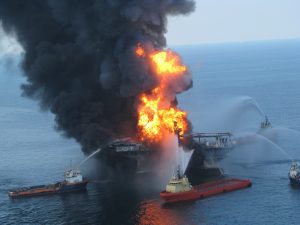
What Caused the Deepwater Horizon Oil Spill? A blowout on the Deepwater Horizon drilling rig, operated by BP, led to the uncontrolled release of crude oil into the Gulf of Mexico. The disaster was attributed to a combination of equipment failure, poor decision-making, and insufficient safety protocols, which allowed oil to flow into the water non-stop for 87 days.
Deepwater Horizon Oil Spill Effects: The spill resulted in the release of as much as 205.8 million gallons of oil and 225,000 tons of methane into the Gulf of Mexico. This caused extensive damage to marine habitats and local economies reliant on fishing and tourism. The long-term ecological effects are still being studied. The incident led to increased scrutiny of offshore drilling practices and resulted in new regulations aimed at preventing future disasters, as well as a major lawsuit against BP and other companies involved.
What Can We Learn From Environmental Disasters?
Eco-catastrophes in U.S. history serve as reminders of the devastating consequences of industrial negligence and environmental oversight. These tragedies not only harmed communities and ecosystems, but also ignited critical conversations about the need for accountability and stronger regulations. Reflecting on these events, we must prioritize sustainable practices and advocate for a healthier planet, ensuring that future generations inherit an environment that is protected and respected. The time for action is now – let us learn from the past to build a more resilient and responsible future.
Credits: Dustbowl (Dust Bowl – Dallas, South Dakota 1936 is Public domain, via Wikimedia Commons); Cattle feeding (Franzfoto, CC BY-SA 3.0, via Wikimedia Commons); Satellite image of Love Canal site (USGS, Public domain, via Wikimedia Commons); Three Mile Island (three mile island by Todd MacDonald is licensed under CC BY 2.0.); Deepwater Horizon drilling rig fire (Deepwater Horizon Offshore Drilling Platform on Fire by ideum is licensed under CC BY-SA 2.0.)



